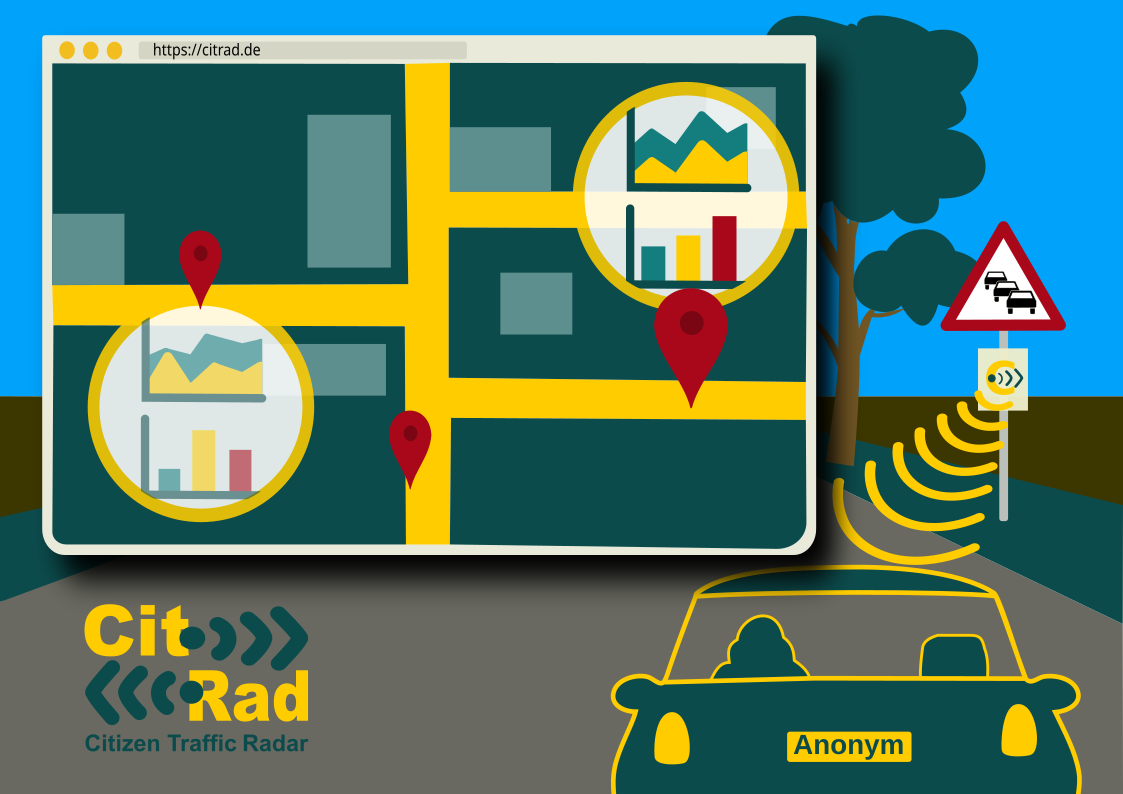CitRad started as an open hardware and citizen science project at Fablab Cottbus e.V. to give citizens the opportunity to record traffic phenomena independently and in compliance with data protection regulations. At that time, an open hardware radar sensor was developed that is as easy as possible to replicate. Now we want to perfect the evaluation algorithm and create a data platform that displays the traffic data clearly on maps or in other evaluations and makes it available. We are delighted that this project is one of 25 projects to be funded by the Prototypefund in round 16. This means that we will receive financial support from the Federal Ministry of Education and Research over the next six months (Sep 2024 - Feb 2025) to make the prototype a reality.

Why are we doing this?
We believe that discussions about transport and mobility are often based on perceived truths. With CitRad, we want to base these discussions on facts again. Everyone who is interested should have the opportunity to contribute objective and continuously collected data sets on these topics.
Who is the prototype aimed at?
First of all, we want to use CitRad to reach people who are dissatisfied with the traffic situation in their city or are interested in it.
CitRad is also of interest to municipalities that want to improve traffic conditions for their citizens. The low-cost sensors can be installed throughout the city, which enables a better overview and long-term monitoring.
Research also benefits from the freely accessible data. Mobility planners can draw their own conclusions and feed back their findings.
What is CitRad not yet?
We have many ideas on how to make CitRad even more convenient. Data upload via LoRaWAN, longer runtime with solar, differentiation of road users, WLAN/Bluetooth and much more. But first and foremost we want to take care of a reliable evaluation and a meaningful data platform. Are you interested in working on these comfort functions? Then please get in touch with us: